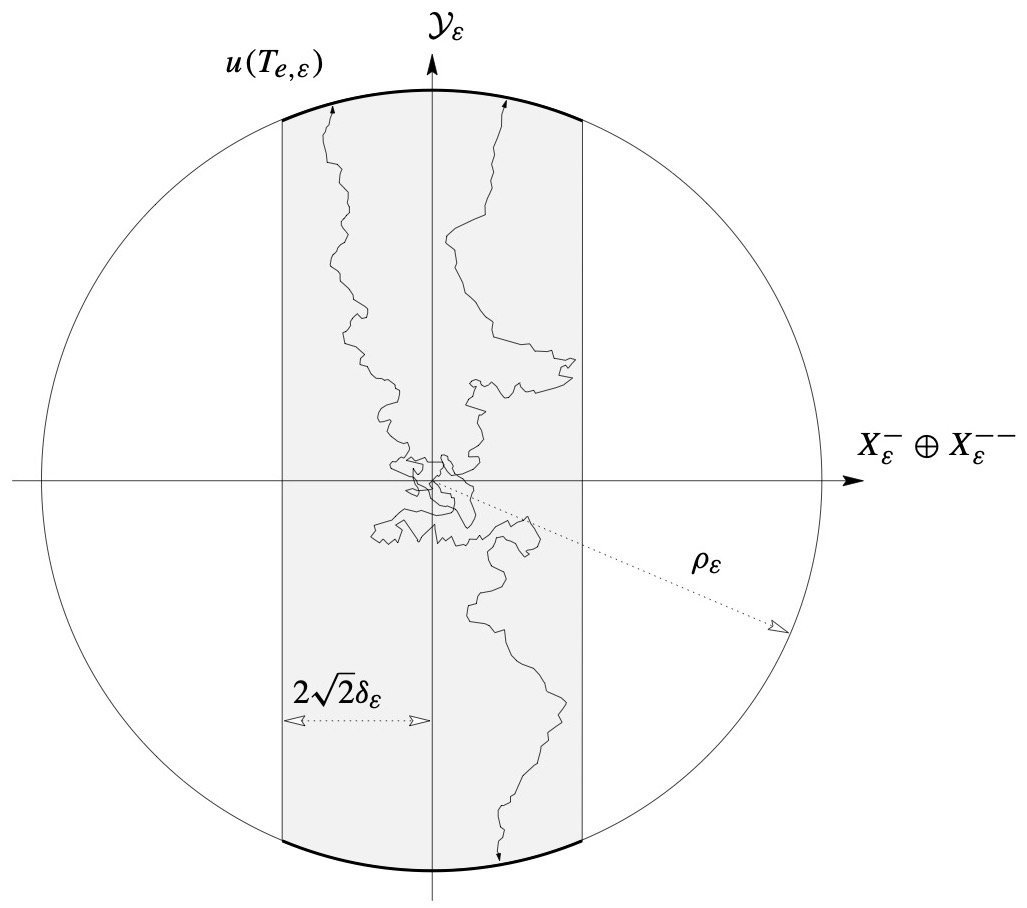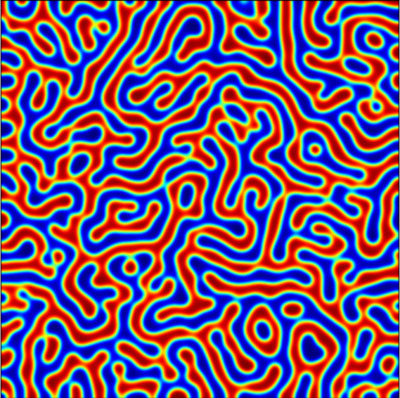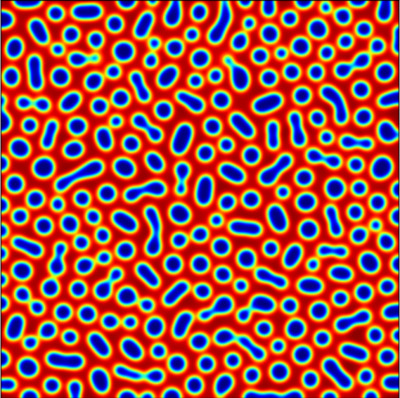Spinodal decomposition for the Cahn-Hilliard-Cook equation


- Dirk Blömker, Stanislaus Maier-Paape, Thomas Wanner:
Spinodal decomposition for the Cahn-Hilliard-Cook equation
Communications in Mathematical Physics 223(3), pp. 553-582, 2001.
Abstract
This paper gives theoretical results on spinodal decomposition for the stochastic Cahn-Hilliard-Cook equation, which is a Cahn-Hilliard equation perturbed by additive stochastic noise. We prove that most realizations of the solution which starts at a homogeneous state in the spinodal interval exhibit phase separation, leading to the formation of complex patterns of a characteristic size. In more detail, our results can be summarized as follows. The Cahn-Hilliard-Cook equation depends on a small positive parameter $\epsilon$ which models atomic scale interaction length. We quantify the behavior of solutions as $\epsilon \rightarrow 0$. Specifically, we show that for the solution starting at a homogeneous state the probability of staying near a finite-dimensional subspace $Y_\epsilon$ is high as long as the solution stays within distance $r_\epsilon = O(\epsilon^R)$ of the homogeneous state. The subspace $Y_\epsilon$ is an affine space corresponding to the highly unstable directions for the linearized deterministic equation. The exponent $R$ depends on both the strength and the regularity of the noise.
Links
The published version of the paper can be found at https://doi.org/10.1007/PL00005585.
Bibtex
@article{bloemker:etal:01b,
author = {Dirk Bl\"omker and Stanislaus Maier-Paape
and Thomas Wanner},
title = {Spinodal decomposition for the
{C}ahn-{H}illiard-{C}ook equation},
journal = {Communications in Mathematical Physics},
year = 2001,
volume = 223,
number = 3,
pages = {553--582},
doi = {10.1007/PL00005585}
}

 https://orcid.org/0000-0003-3294-0366
https://orcid.org/0000-0003-3294-0366